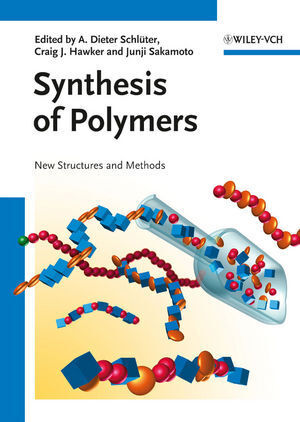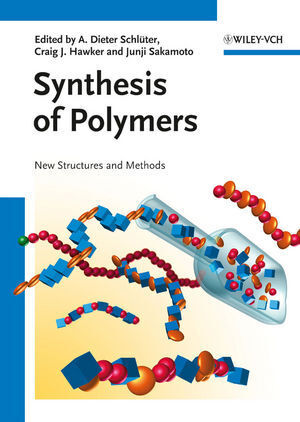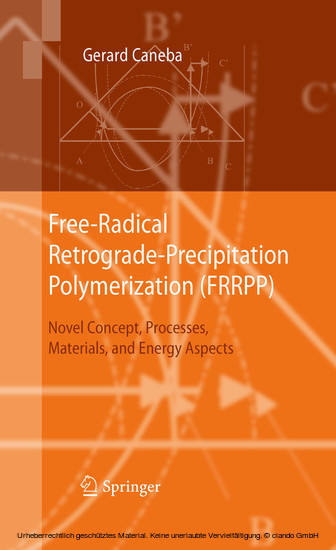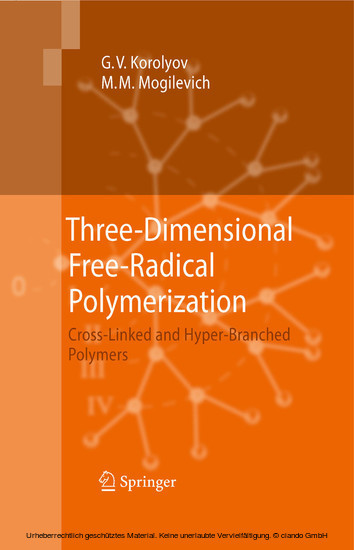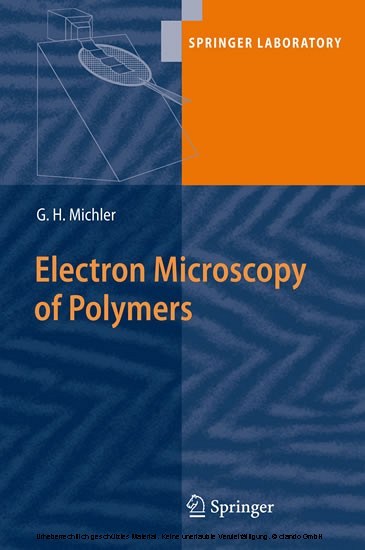X-Ray Scattering of Soft Matter
In the past technical progress has considerably advanced the application of X-ray scattering in polymer science. High-power sources (synchrotron, rotating anode) are now easily accessible to the scientist, and suitable high-speed detectors are available. Now those time-resolved experiments of polymer structure can be performed, which are the genuine power of method. Progress did not exclude data quality. Thus real data analysis is becoming possible if the experiment is properly planned and required data are recorded. This manual summarizes the analytical possibilities of modern X-ray scattering in the area of polymer science. It describes a set of simple tools apt to elucidate mechanisms of structure evolution in materials and given reference to number of advanced original papers that report more involved methods.
Typical Problems for Analysis by X-Ray Scattering
Experimental Overview
Acquisition of Synchrotron Beamtime
It s Beamtime, Phil: A Guide to Collect a Complete Set of Data
Pre-Evaluation of Scattering Data
Interpretation of Scattering Patterns
High but Imperfect Orientation
Orientation Growing from the Isotropic State
Fitting Models to Data.
Polydispersity and Heterogeneity
General BackgroundTypical Problems for Analysis by X-Ray Scattering
Experimental Overview
Acquisition of Synchrotron Beamtime
It s Beamtime, Phil: A Guide to Collect a Complete Set of Data
Pre-Evaluation of Scattering Data
Interpretation of Scattering Patterns
High but Imperfect Orientation
Orientation Growing from the Isotropic State
Fitting Models to Data.
Stribeck, Norbert
| ISBN | 9783540698562 |
|---|---|
| Artikelnummer | 9783540698562 |
| Medientyp | E-Book - PDF |
| Auflage | 2. Aufl. |
| Copyrightjahr | 2007 |
| Verlag | Springer-Verlag |
| Umfang | 240 Seiten |
| Sprache | Englisch |
| Kopierschutz | Digitales Wasserzeichen |




